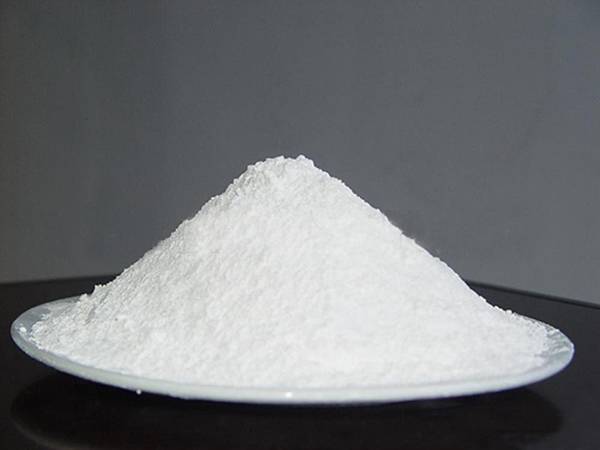



ethanolic sodium hydroxide msds
Ethanolic Sodium Hydroxide An Overview of Safety and Handling
Ethanolic sodium hydroxide, often referred to as sodium hydroxide solution in ethanol, is a chemical compound frequently utilized in various industrial applications, including manufacturing, cleaning, and pH adjustment. Given its potential hazards, it is imperative for users to understand its properties, applications, and safety precautions. This article serves as a comprehensive overview based on the Material Safety Data Sheet (MSDS) for ethanolic sodium hydroxide.
Chemical Properties and Uses
Ethanolic sodium hydroxide is a strong base formed by dissolving sodium hydroxide (NaOH) in ethanol (C2H5OH). It presents as a clear, colorless solution with a high pH, characteristic of its alkaline nature. Due to its strong corrosive attributes, this solution is widely used in chemical synthesis, as it facilitates the saponification process in soap making, acts as a catalyst in various organic reactions, and serves as a pH regulator in different formulations.
In the laboratory, ethanolic sodium hydroxide is utilized for its ability to hydrolyze esters and facilitate the production of biodiesel through transesterification. Furthermore, its application extends to the cleaning industry, where it acts as a powerful degreaser, removing heavy organic deposits from surfaces and equipment.
Hazards and Risks
The MSDS for ethanolic sodium hydroxide outlines several hazards associated with its use. As a highly corrosive material, it poses significant risks to human health and the environment. Direct contact with skin or eyes can cause severe burns and damage, and inhalation of vapors may lead to respiratory irritations. Therefore, thorough risk assessments and appropriate measures are crucial for managing exposure in both laboratory and industrial settings.
Safety Precautions
ethanolic sodium hydroxide msds

To mitigate risks associated with ethanolic sodium hydroxide, several safety precautions should be observed. Personal protective equipment (PPE) is paramount. Safety goggles, chemical-resistant gloves, and protective clothing should be worn when handling this compound. Additionally, it is advisable to work in a well-ventilated area or under a fume hood to avoid inhaling vapors.
In the event of a spill, it is crucial to follow containment and clean-up procedures promptly. Absorbent materials should be utilized to soak up the solution, and neutralization with a mild acid (such as citric acid or vinegar) can help render it less hazardous. Always dispose of waste in accordance with local regulations, as improper disposal can harm the environment.
First Aid Measures
Despite preventive measures, accidents can occur. It is vital to be aware of first aid procedures in case of exposure. If skin contact occurs, immediately rinse the affected area with copious amounts of water for at least 15 minutes. For eye exposure, ensure that the eyes are flushed with water and seek medical attention without delay. Inhalation of vapors requires immediate relocation to fresh air, and medical attention should be sought if symptoms persist.
Environmental Impact
Ethanolic sodium hydroxide can pose risks to aquatic environments if released untreated. As such, regulatory guidelines must be observed to prevent spills and accidental discharges. In industrial operations, adequate containment measures—such as bunding and secondary containment—should be implemented to manage any potential leaks.
Conclusion
Ethanolic sodium hydroxide is an invaluable chemical in various industrial and laboratory applications. However, its strong basicity and corrosive nature necessitate stringent adherence to safety protocols outlined in its MSDS. By understanding its properties, associated risks, and appropriate safety measures, users can effectively mitigate hazards and ensure safe handling of this essential compound. As with any chemical, education and precaution are the keys to safely utilizing ethanolic sodium hydroxide in our workspaces.
-
Why Sodium Persulfate Is Everywhere NowNewsJul.07,2025
-
Why Polyacrylamide Is in High DemandNewsJul.07,2025
-
Understanding Paint Chemicals and Their ApplicationsNewsJul.07,2025
-
Smart Use Of Mining ChemicalsNewsJul.07,2025
-
Practical Uses of Potassium MonopersulfateNewsJul.07,2025
-
Agrochemicals In Real FarmingNewsJul.07,2025
-
Sodium Chlorite Hot UsesNewsJul.01,2025










